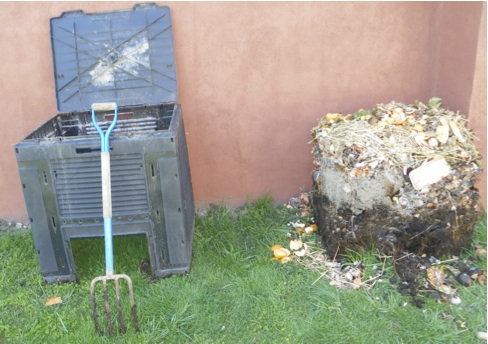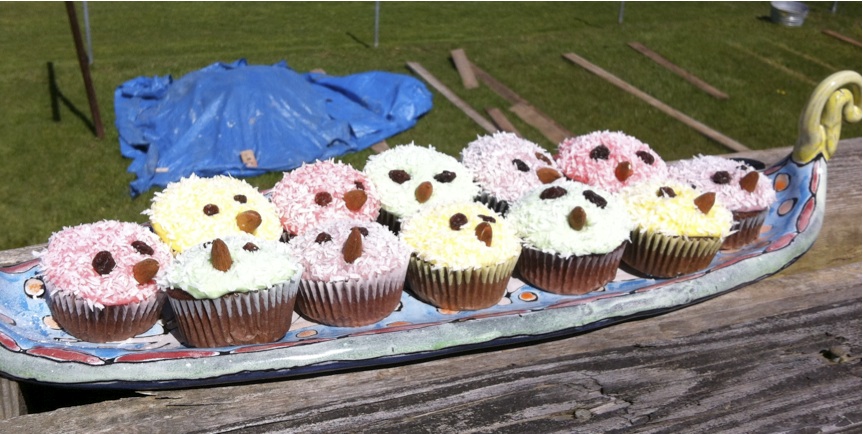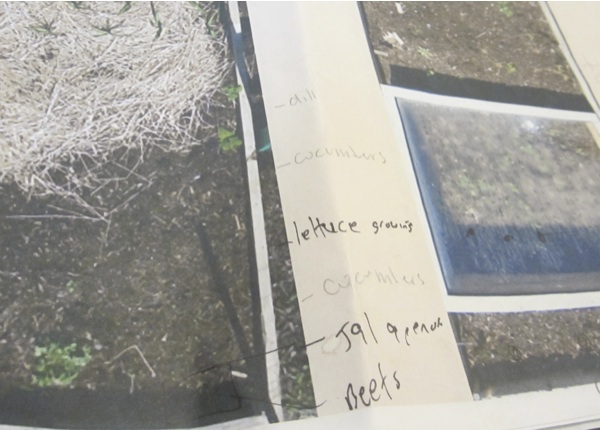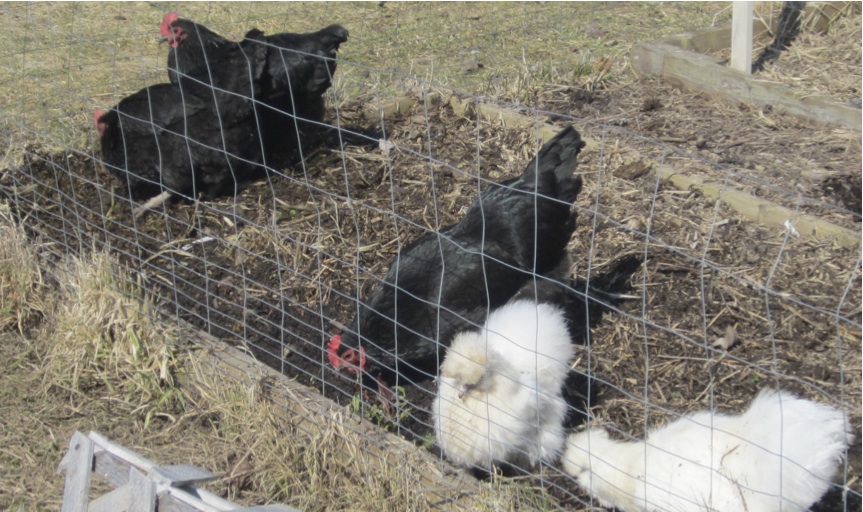Compost Binning
Feels Right
Everyday, composting is vindicated; it feels right. Michelle and I marvel how we never waste any food and all organic matter stays on our property. The most important take-away from my permaculture design course was, “…if nothing else, go home and make soil.”
Gun Jumping
Gazing out, we observed massive heaps of un-composted food scraps scattered on our garden beds from our compost bin. Chris defeatedly states, “This isn’t right, is it?”
Materials List:
- Compost bin(s)
- Containers in house
Game Plan:
- Have a place for food scraps
- Location near house exit
- Future: change to three pallet bins
Wasting a Resource
No food enters our garbage. As our neighbors pile countless garbage cans out to the curb every week, we put ours out once every three weeks, mainly filled with food packaging and … dog poop.
First, our food scraps go through phasing. Leftovers are given to the dog or cut up for the chickens. Remaining compost goes to our worms. Overflow food goes to the compost bin and eventually back to our garden. We recently bought some nicer steel countertop compost bins after our plastic containers broke. We have one container for chicken scraps and the other is for the worms and compost bin. In truth, we’d like to restrict putting out the garbage to once a month if at all. All this being said, we do have a lot of recyclables each week.
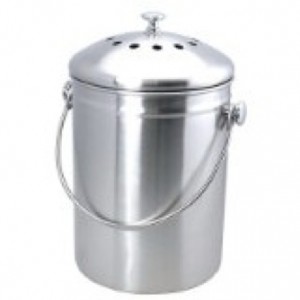
To fully control our waste, our goal is to compost the dog poop separately and carry more canvas baggies for veggies at the market as well as buy only food with compostable materials. As permaculture states, “there is no such thing as waste;” we just need further adjustments to convert all of our waste streams into a resource.
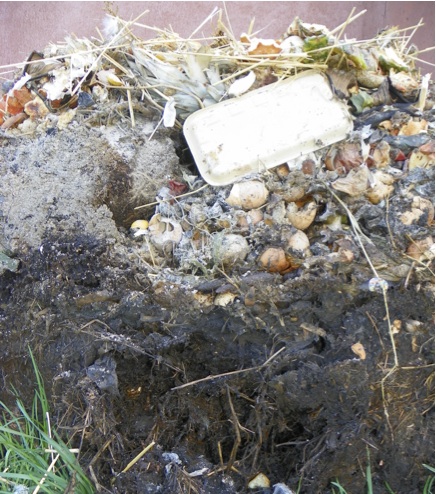
We bought an Exaco Thermoquick 110 gal. Composter. There wasn’t a tag on the unit, so we picked up the $80 unit for $25. At the time, I thought we got, as mom would say, “the deal of the century.” In retrospect, it’s a plastic piece of shit that is already falling apart after three years and the manufacturing, quality, and material of the product goes against our environmental and resiliency values. I want to stop buying products with short-term futures being the landfill. All products should have deconstructable and recyclable components.
The literal “breakdown” of compost plastic compost bins:
- One isn’t enough. You have to stop feeding it organic matter to let it finish its thang; having one is misleading.
- Plastic bins contradict one’s intent.
- Certain plastic bins will break apart over time.
- Compost needs to breathe; plastic design makes this hard.
We consider ourselves compost beginners still. We are still trying to get the right brown and green ratios, and we don’t have the proper three-bin system with proper air ventilation. We did flip the compost over several times, but it’s a lot of work with the plastic bin setup, and the outcome wasn’t ideal anyway (I believe the pallet system or tumbler mitigate this process). I’m looking for an easy maintenance system. View the resources below for helpful sites about composing, pallet bin construction, and proper ratio management. Although on the right path, adjustments remain.
The reins are ours,
Chris
Reflections, Hindsight, and Alterations:
- Build three bins out of pallets instead of plastic ones.
- Make sure it’s converted from food scraps before throwing it on your garden.
- Get better at mixing brown and greens to get the right carbon to nitrogen ratios.
- Place compost bin closer to our house’s entrance/exit.
